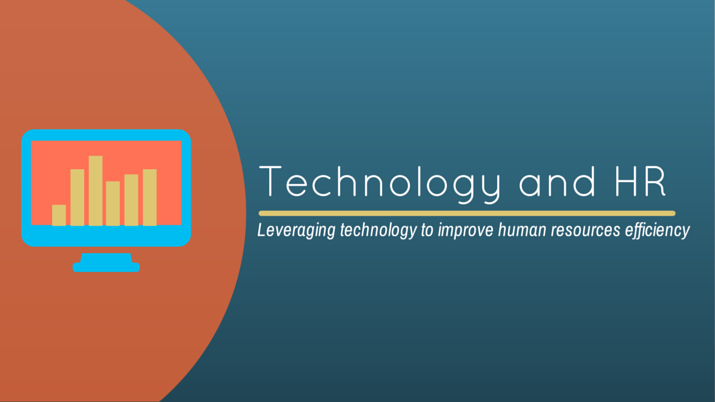Technology’s Role in the Evolution of HR

Last Updated March 8, 2024
Human resource departments experience continuous pressure to keep up with current technology. Using the latest web-based tools and resources, recruitment professionals can locate talent and streamline hiring decisions, look for clues to distinguish applicants in massive amounts of data, and identify suitable candidates before they are even needed. This can result in an overall reduction of HR costs, more efficient administration and better data access for employees and managers. When HR departments embrace technology, they generate the potential of empowering decision-makers to spot trends, which can place HR professionals into a more strategic role within a business.
Using New HR Technologies
New technologies can allow passive recruiting to flourish. Tools that are integrated with the company’s information services can help recruiters locate high quality candidates who may not be actively looking for employment, including those currently employed by the company in a different role. E-selection, using tests administered online, can cut down on the number of unsuitable applicants and segment the remainder into groups with specific aptitudes. Similar applications can help steer internal applicants toward training and knowledge that might increase their opportunity to rise within the company.
Learning Technologies
Resources like Learning Management Systems (LMS) and Learning Content Systems (LCS) give employees and employers effective ways to administer and manage e-learning efforts. E-learning is changing the way HR departments are training their incoming staff. Coursework can be done on the web using software- or web-based platforms, reaching large numbers of people and reducing the number of necessary instructors. Courses can be taken on a flexible schedule and tailored to an individual employee. Results are easy to store and can be accessed quickly by the employee for personal feedback or by management for tracking and analysis.
Self-Service Technologies
Employee self-service (ESS) and manager self-service (MSS) are additional technologies that help reduce departmental costs. Easy access to data using ESS allows employees to maintain their own HR records and locate information with minimal or no interaction with HR staff. It can give them instant access to more details about available benefits and let them sign up for plans and services that will work best for them. MSS works in the same way, allowing management to perform certain HR transactions online, such as performance appraisals, payroll changes, or approving leave requests, all without encumbering HR workers.
Evaluation Technologies
Performance management and evaluation is a common place for technology in HR. Evaluation data can be collected consistently over a period of time rather than through snapshots of performance, and won’t be biased by the most recent interactions with the employee. This amounts to a fairer and more comprehensive assessment of employee strengths and weaknesses. Since data is objective, it can lead to better coaching and training recommendations.
Payroll Technologies
Most companies use automated systems for payroll processes, and many find that by incorporating information systems with human resources (HRIS) they can do a number of tasks more efficiently. They can easily track internal compensation versus external market rates, for example. With this technology, managers can find better ways to design incentive and bonus programs that can help motivate employees.
Future trends in HR technology will likely incorporate more information than ever from social media, as activity in the HR department become more and more transparent. HR professionals will need to keep abreast of the latest tools and be comfortable with learning the software interfaces they’ll need to make sense of large amounts of data. Also, be on the lookout for increased pressure regarding industry compliance in the collection and reporting of data.




